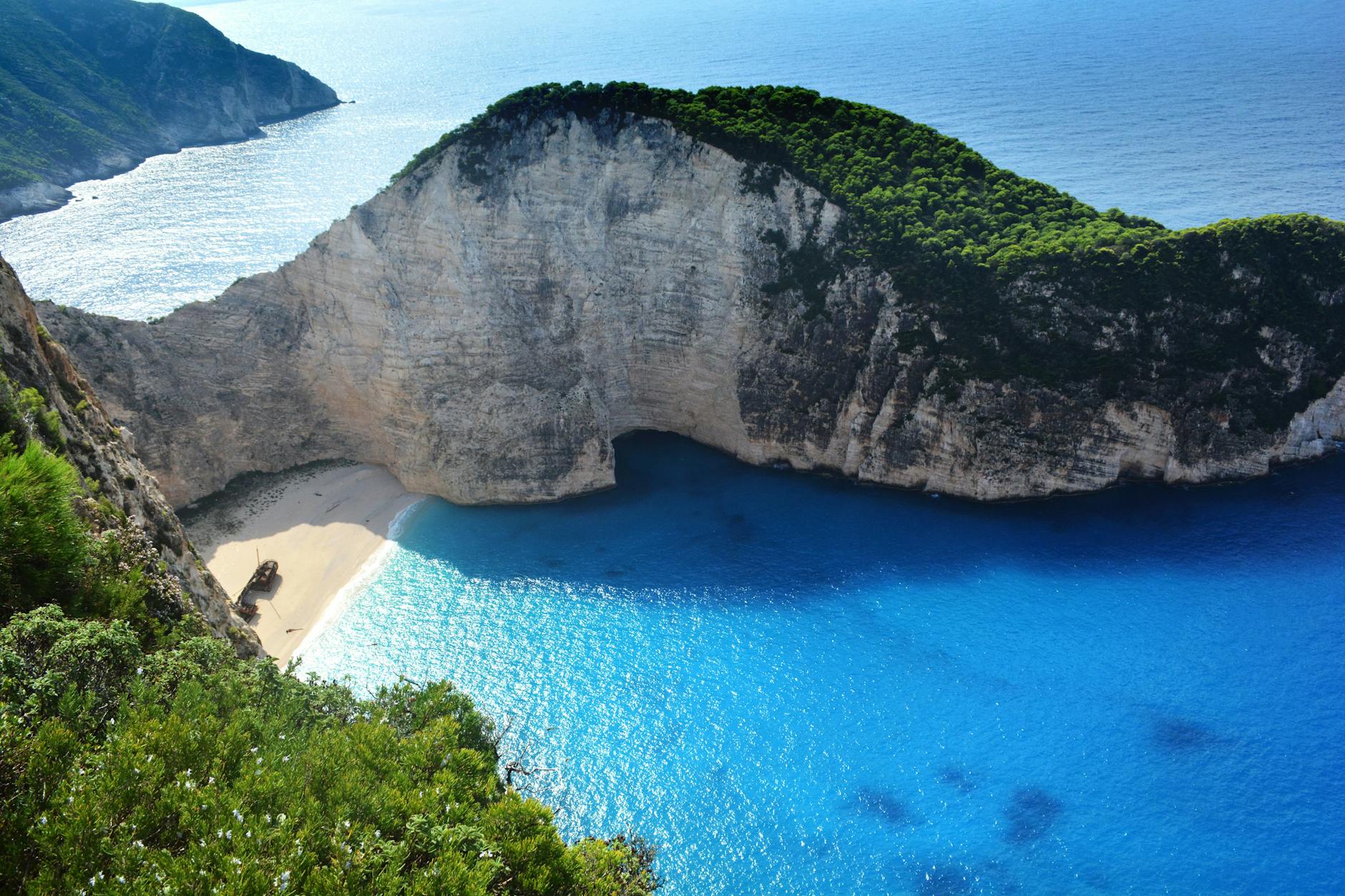How to Integrate Eco-Conscious Travel into Conservation Efforts in Australia

Setting the Stage
Australia's unique ecosystems serve as a foundation for understanding eco-conscious travel and its potential to foster conservation. From the arid zones of the outback to the lush rainforests, these landscapes are teeming with biodiversity that faces constant threats from habitat destruction and climate change. One can draw parallels between these sensitive ecosystems and those explored during Namibia tours, where preserving wildlife is critical.
Visiting places like the Lone Pine Koala Sanctuary in Brisbane offers a tangible glimpse into the efforts one must employ to protect native species. This sanctuary exemplifies how guided eco-friendly tour practices can raise awareness and fund conservation initiatives. Integrating such practices into broader tours like Kenya safari expands the impact across global ecosystems.
Engaging in eco-conscious travel is not merely about witnessing nature but supporting sustainable practices that protect our environment. Such journeys necessitate a sound understanding of the environmental-Socio economic interconnections that drive the conservation of natural habitats. As travellers, the responsibility lies in selecting travel experiences oriented towards conservation and promoting ecological harmony in regions similar to those of Antarctica cruises, where minimizing human impact is a priority.
By aligning our travel goals with well-defined conservation objectives, we further our understanding and support for these delicate ecosystems. This ties back to the broader narrative of impacting global conservation positively through mindful travel and sustainable practices.
Bridging Travel and Conservation
Linking Tourism to Environmental Protection
As a wildlife conservation biologist based in Brisbane, the complex interplay between tourism and environmental protection often captures my attention. I recall moments within the rich biodiversity of the D'Aguilar National Park that underscore the potential of well-planned eco-tourism. Connections between eco-conscious travel destinations, like africa tours, and conservation goals are significant. Travel routes, which prioritize sustainability, can channel vital resources into preserving habitats and species. For instance, customised itineraries that integrate conservation-focused activities help raise awareness and fund protective measures without crippling sensitive ecosystems.
As tourism ventures like botswana safari and african tours evolve, they set benchmarks for integrating local community activities and wildlife preservation. Tourists participating in habitat restoration projects or attending guided educational tours have a direct role in these conservation efforts. Through education and engagement, tourists become advocates for environmental stewardship.
Building Community Involvement
Embedding tourism within local communities not only benefits wildlife but also supports economic growth. Community-driven projects, reminiscent of those inspired by endeavours around the Brisbane Botanic Gardens Mount Coot-tha, highlight the mutual benefits of community involvement. Programmes that offer educational workshops and eco-sensitive craft markets foster deeper tourist-community relationships. This approach ensures locals benefit economically while also reinforcing conservation messages to travellers. By prioritising such programmes, conservation initiatives gain traction, nourishing both the land and its inhabitants.
Case Studies: Success Stories
Leveraging real-world examples is crucial for illustrating effective strategies. Successful initiatives not only provide blueprints for future projects but also help refine ongoing efforts. By continuously sharing these narratives, we underscore the powerful potential of a combined travel-conservation approach, drawing inspiration from cross-continental initiatives.
Implementing Sustainable Travel Practices
Encouraging Responsible Visitor Behaviour
Sustainable travel is crucial in mitigating the impact of tourism on fragile ecosystems, akin to the eco-diverse landscape of D'Aguilar National Park in Brisbane. When considering destinations such as south america travel, it is essential for travelers to engage in responsible behavior. This includes adhering to designated paths to prevent soil erosion and disturbances to wildlife. In locations where wildlife interactions are possible, such as during arctic cruises, maintaining a safe and respectful distance is vital to avoid stress to the animals and maintain their natural behaviours.
Partnering with Local Conservation Groups
Building partnerships with local conservation organizations can amplify the positive effects of sustainable travel. These collaborations can offer travelers unique insights into local ecosystems based on scientific research and demonstrate effective conservation strategies. For instance, engaging with community-driven projects can provide data-driven tourism that supports both environmental goals and the livelihoods of local communities. The conservation efforts at Brisbane Botanic Gardens Mount Coot-tha serve as an inspirational model for integrating scientific stewardship with public education.
Designing Eco-Friendly Travel Routes
Designing environmentally friendly travel routes is a practical approach to promote sustainability. These routes must be planned with consideration for minimizing carbon footprints and preserving natural habitats. Utilizing eco-friendly transport options and adhering to routes that avoid sensitive areas can significantly lessen the impact of tourism. Such measures ensure the long-term viability of these destinations, both for the current and future generations of conservation enthusiasts.
Monitoring Environmental Benefits
In my work examining eco-conscious travel, understanding the real-world benefits on biodiversity is paramount. Eco-conscious travel practices, such as Zimbabwe safari tours, often serve as crucial allies in the conservation effort, providing valuable data for monitoring and assessing wildlife populations. Observations gathered during these safaris can provide insights into animal behaviours and habitat use, contributing directly to our understanding of ecosystem health.
When evaluating the role tourism plays in ecosystem preservation, it is critical to consider its impact on local wildlife and habitats. For instance, examining how guided tours, such as those offered on South America holidays, relate to habitat protection and biodiversity recovery can highlight the positive role tourism plays. Data collected from traveller observations and various tours often feed back into conservation strategies, enabling a clearer picture of how effective these initiatives are.
Integrating scientific research with tourism also benefits conservation. By working closely with local research institutions and conservation groups, we gain advantages such as timely, location-specific data that can influence policy and management decisions. This collaborative approach can enhance both scientific insights and travel experiences, proving beneficial not only for ecological outcomes but also for fostering global understanding and appreciation of biodiversity.
Understanding these synergies remains a vibrant area of study here in Australia, reinforced by local landmarks like the Brisbane Botanic Gardens Mount Coot-tha, where similar principles of eco-consciousness guide visitor interactions and educational experiences.
Challenges and Solutions
Innovative Approaches to Common Obstacles
Navigating the path toward sustainable travel in Australia presents its share of challenges, akin to observing the difficulties in preserving delicate ecosystems at the Lone Pine Koala Sanctuary. Barrier identification, such as balancing visitor numbers with the preservation of biodiversity, is crucial. Employing innovative strategies, like establishing biodiversity corridors within Brisbane Botanic Gardens Mount Coot-tha, can ease the tension between human activities and nature. Such corridors provide safe passage for wildlife, thus minimising human-wildlife conflict and allowing unique Australia wildlife mobile experiences to thrive.
Dispelling Myths with Science
Misconceptions about conservation often hinder progress. Educating the public with scientific facts, much like how educational programs at D'Aguilar National Park illuminate visitors on the importance of native species, is vital. For instance, many people believe that local efforts are insignificant in the grand scheme. However, research shows that community engagement leads to healthier ecosystems—a reality echoed by collaborative initiatives that successfully integrate primary travel tips to Australia with conservation practices.
Future Action Items for Sustainable Initiatives
Drawing from successful interventions in local conservation efforts, forming robust action plans is essential. One key initiative could involve developing cheap family accommodation in Brisbane that promotes eco-friendly lodging options. Incorporating sustainable technologies in these accommodations reduces overall environmental footprints, aligning with broader conservation goals. Additionally, fostering long-term partnerships between governmental bodies and conservationists can streamline efforts, ensuring that every step taken positively contributes to Australia’s enviable yet fragile natural heritage. Through these strategies, we can secure a future where both tourism and the environment flourish in harmony.


